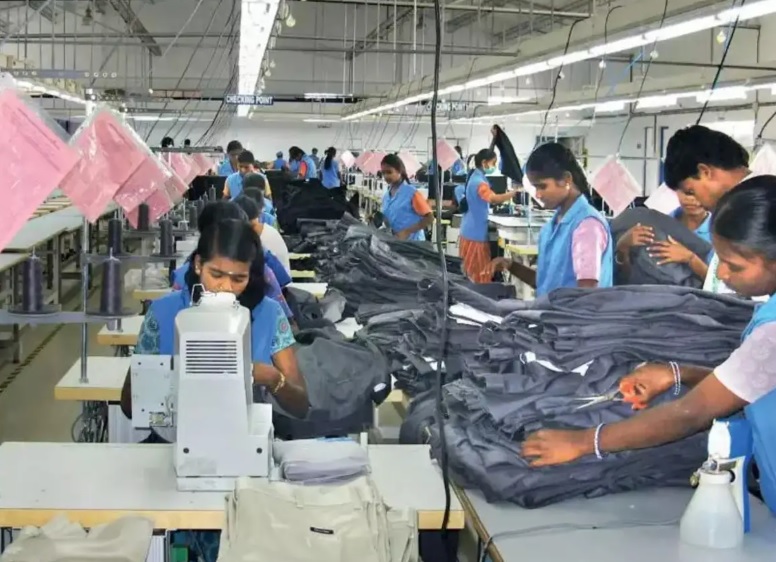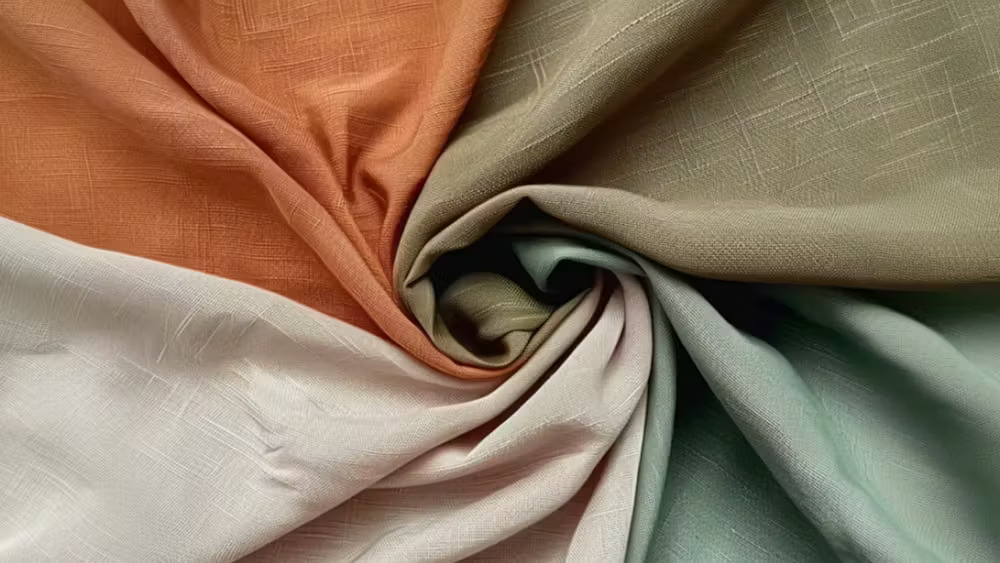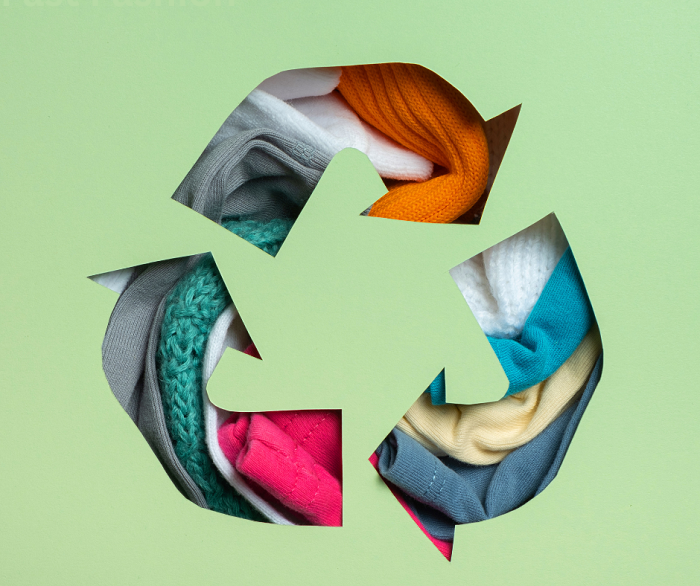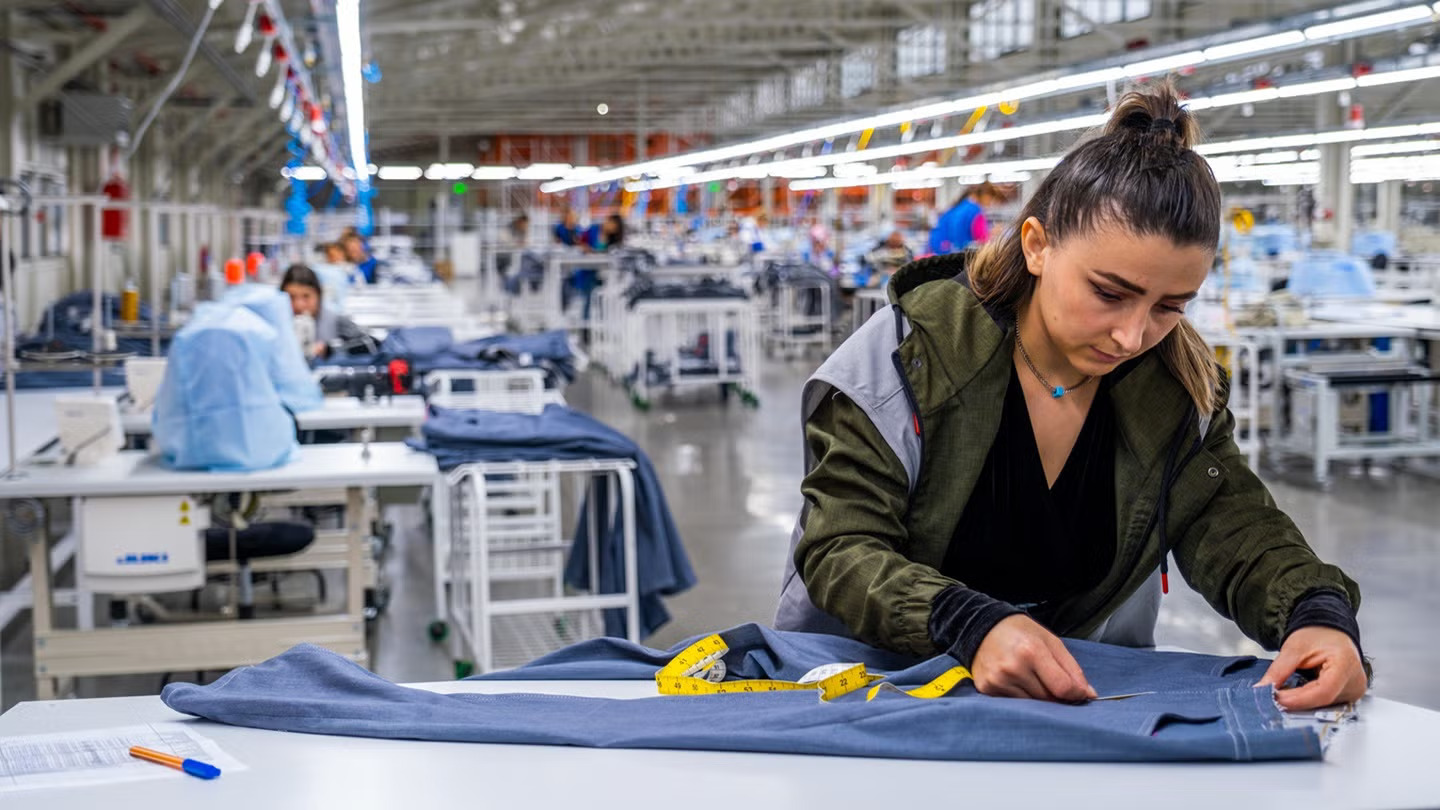FW
Clandestine sweatshops staffed mainly by foreign workers who have no basic labor rights are common in the textile sector of Argentina. About 2.7 million Bolivians have migrated to Argentina lured by promises of a decent job. However, they are employed in precarious working conditions with no health insurance. They work long hours and are often injured at work because of the lack of safety measures. There are thousands of such sweatshops involved in sewing and cutting clothes.
There are campaigns to promote better legislation, campaigns to promote union membership and collective bargaining. In Argentina, a country of 41 million people, including 1.8 million foreign nationals, the law on immigration guarantees the right to work, education and health care for South American immigrants. But many of these modern-day slaves are undocumented. And 90 per cent of them work in agriculture or in the textile industry.
So people are forced to work making clothes for big and small brand names, street fairs, famous designers, fashion boutiques, counterfeit clothing markets, and even government departments. The textile and apparel industry of Argentina is heavily subsidised and there are protectionist measures in place against imports. Additionally, special loans with low interest are available for investments. Anti-dumping measures are mostly directed against Chinese imports which have a share of 44 per cent of all apparel imports. The annual rate of growth for the apparel and textile sector is earmarked at 7.5 per cent up to 2020.
The West Coast Trend Show was held in the US on August 8, 9 and 10. It catered to the Spring ’16 menswear fashion market. This season there was a 20 per cent increase in retailers over last year. The sold-out show featured more than 200 brands. There were several retailers from Las Vegas.
WCTS draws buyers from mid-tier to upper-end specialty stores in California such as Patrick James in Fresno and Gary’s in Newport Beach as well as retailers from Alaska, Arizona, Colorado, Idaho, Montana, Nevada, New Mexico and Washington state.
With going getting tough for brick-and-mortar retailers they have to standout. If they don’t have a relationship with their customers, they’re at a great disadvantage. It’s key for retailers to find unique ways to deliver value to the customer and differentiate with regards to service and product mix.
Overall, business is rebounding. Brands are taking more risks. From soft coats and lightweight knits to linen tops and bottoms, buyers at WCTS were looking for products to inspire their business. Garment pigment-dyed linen and twill jackets are extremely popular. This was possibly West Coast Trend Show’s most successful spring show to date with the highest number of retailers and representatives in attendance.
Pakistan has suffered a 16.90 per cent fall in overall exports and 12 per cent in textiles alone. Bed-linen exports declined by 21 per cent, towels by 9.01 per cent, knitwear by 8.20 per cent and readymades by 6.14 per cent during July 2015 compared to exports in June 2015. Surprisingly, exports of raw cotton shot up by 68 per cent and cotton combed or carded by 100 per cent.
The sales tax rate had been increased by 50 per cent in the Budget for 2015-16. This has blocked a huge amount of exporters’ liquidity. This in turn is expected to damp export figures in coming months. Many countries have devalued their currencies against the dollar. India devalued by 7.06 per cent, China by 5.61 per cent, Vietnam by 6.44 per cent, Sri Lanka by 2.62 per cent, Turkey by 36 per cent and Bangladesh by 0.15 per cent. But Pakistan’s currency has appreciated by 3.18 per cent.
Pakistan’s textile exporters want a special tariff and priority in supply of gas and power. They say the government should stop giving preference to exports of raw materials and should instead work for promoting apparel exports. They say raw cotton and combed and carded cotton should not be exported when these raw materials are needed by the value added domestic textile sector.
The 14th International Textile Asia Exhibition is being organised by the Pakistan Readymade Garments Manufacturers & Exporters Association (PRGMEA). The mega textile exhibition is being held for the first time in Lahore in collaboration with Ecommerce Gateway Pakistan. More than 35,000 trade and corporate visitors are expected to visit the three-day expo. It will be held at the Lahore Expo Centre from August 29-31, 2015 and will be inaugurated by Punjab CM Shahbaz Sharif along with Federal Commerce Minister Khurram Dastgir.
Ijaz Khokhar, Central Chairman, PRGMEA said that thee-day mega event is being held to boost export of value-added sector by bringing the latest garment technology. This is being done to facilitate the exporters of Faisalabad, Multan, and Sialkot.
According to Khursheed Nizam, E-commerce Gateway Pakistan President, the International Textile & Garment Machinery Show is the only UFI (Paris) approved event in South Asia that provides opportunities to learn, share information, mutual cooperation and 1ombined projects for all stakeholders in of textiles in Asia. The focus of the exhibition is to bring the immense buying and selling potential of the textile and garment machinery, accessories, raw material supplies, chemicals and allied services under one roof.
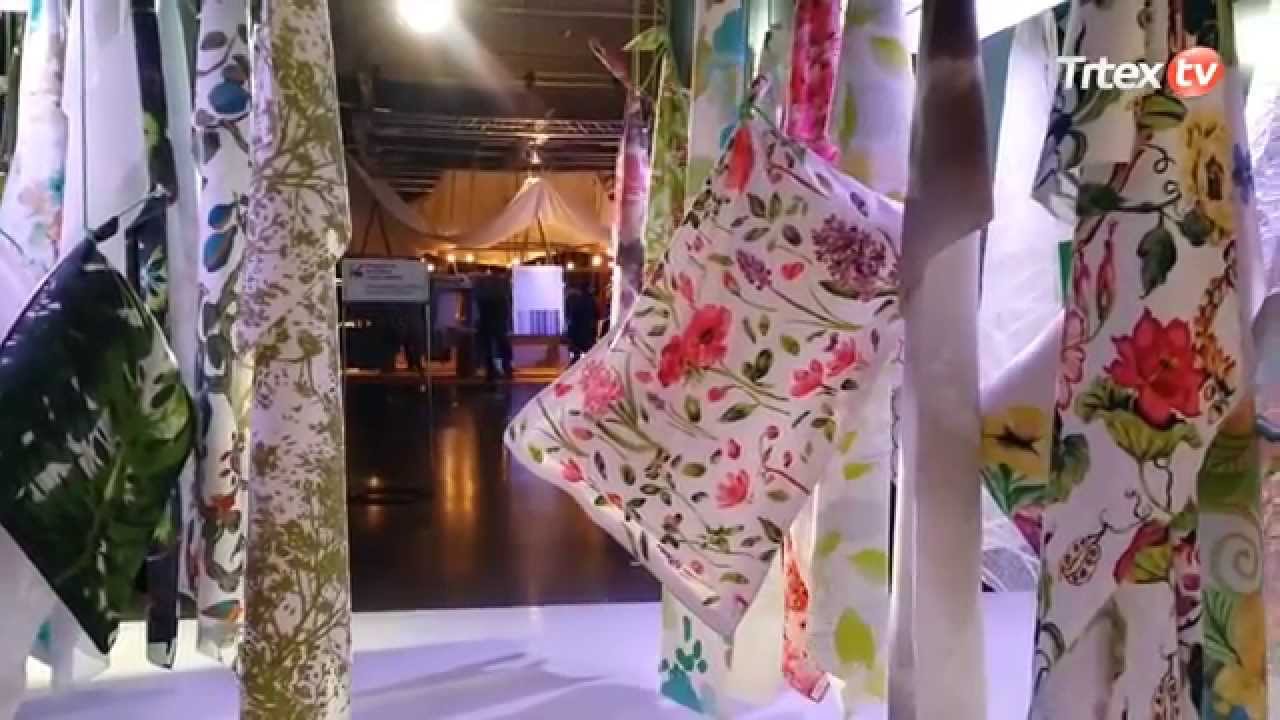
Indian home textiles sector soaring
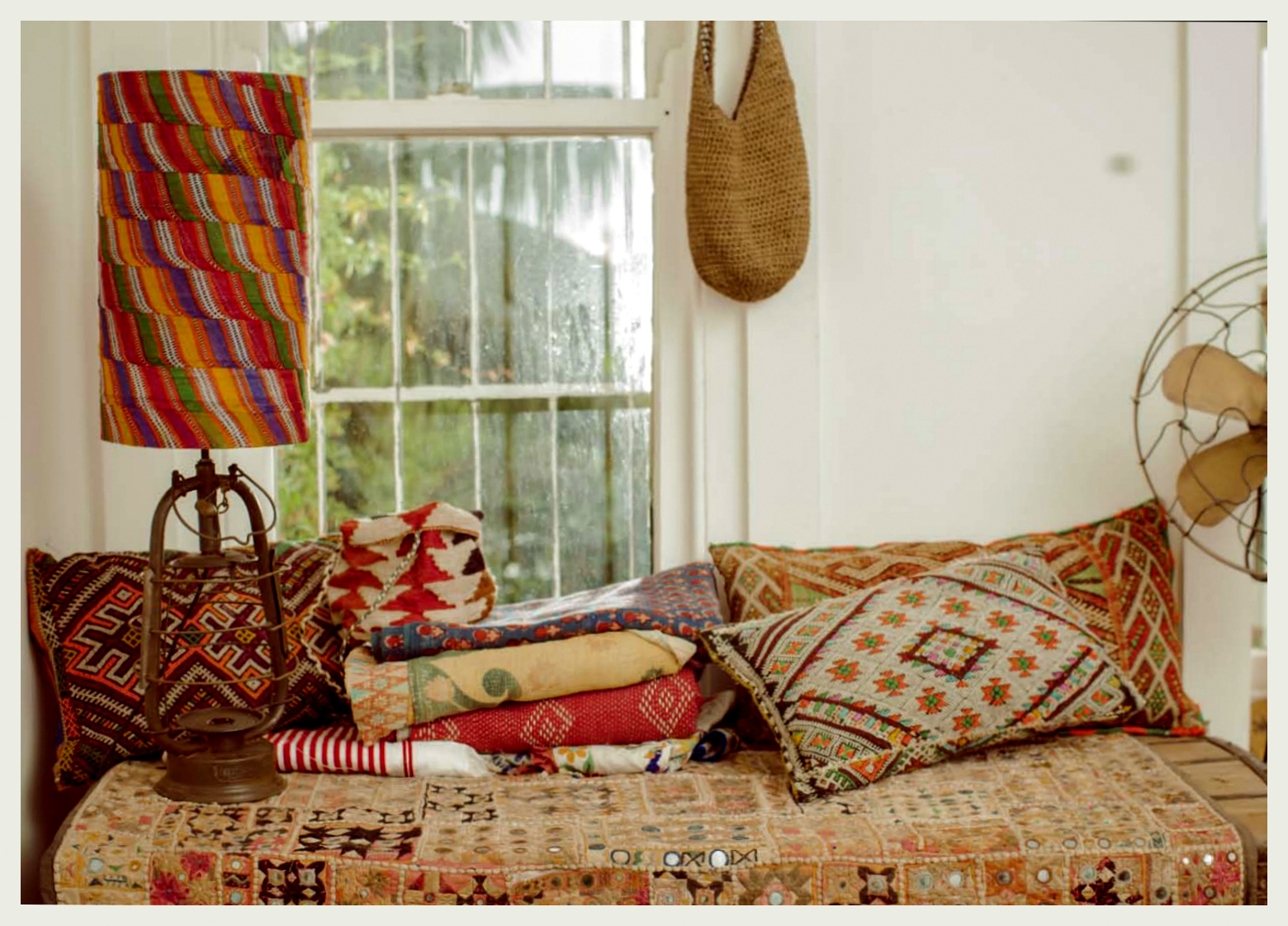
Anil Jain, Chairman, Indo Count Industries said that the current boom home textiles-2in the US home segment is good for home textiles division here. When families or individuals in the US or other developed regions move to new homes, they always buy fresh sets of bed linen and towels. This is exciting for exporters, as US is the world’s biggest importer of home linen. The European Union follows the US in imports, he added. Besides, Jain explained that the house building in UK remains buoyant with required supply of homes seen at 240,000 per year, which again is a good sign for home linen manufacturers.
Increasing number of customers in developed markets such as the US were becoming demanding about quality and are ready to pay a little extra a towel or linen. Experts say, Indian manufacturers benefiting from lucrative markets for home textiles largely depend on one factor: how efficiently the chain, from procurement of raw material (in this case mostly cotton, which comes in a range of quality) and various stages of manufacturing, to finally delivering the product to buyers in good time, is managed.
Quality, a prime focus
Quality is important as the length of individual fibres or staples decides the quality of cotton. Indo Count enjoys cost advantage in raw material procurement as its mill is in Kolhapur, a major cotton-growing centre in Maharashtra. However, as experts point out, for success in the increasingly competitive markets of West, companies shouldn’t compromise on using state-of-the art machinery. Indian companies need to be convincing about their production base with outstanding execution capability, whether they wish to cater to the mid-market Walmart, or high-end Bloomingdale’s, Debenhams or UK’s Jon Lewis range, to become their strategic supply partners.
Bed linen constitutes about 21 pr cent of the world’s home textile industry, says Jain. This will be growing at a compound annual growth rate (CAGR) of five per cent in the next few years. The global home textile market is set to expand to an estimated $96 billion in 2017 from $86 billion in the current year, says Technopak. Thus, manufacturers such as Alok Industries Indo Count and Welspun are sniffing big opportunities here.
The global home textile market looks promising for Indian manufactures of bed linen, etc. However, China's attempt to improve its textile products’ acceptability on price points is a major concern.
Chinese yarn companies are gaining a foothold in the lucrative US market because the Pacific trade agreement led by the US that excludes China. China, is now setting up shop in the US and boundaries are increasingly getting blurred between high and low-cost manufacturing nations. With years of rising wages, higher energy bills and mounting logistical costs, and new government quotas on cotton imports, textile production in China is becoming unprofitable. Simultaneously, manufacturing costs in the US are becoming more competitive.
Beijing and Washington resumed trade relations in the 1970s and since then, the US has mostly run a trade deficit. This is because Americans consumed billions of dollars in cheap electronics, apparel and other goods made in China. However, a rise in labour and energy costs in China is impacting the country’s competitiveness in manufacturing. Manufacturing wages adjusted for productivity have almost tripled in China over the last decade, to an estimated $12.47 an hour in 2014 from $4.35 an hour in 2004, as per the Boston Consulting Group. Also, some types of manufacturing is shifting to low-cost countries such as India, Bangladesh, and Vietnam, due to rising costs in China.
There are at least 20 manufacturers in the Carolinas now that includes Keer and Sun Fiber.
US scientists are not very hopeful about total eradication of the Cotton Leaf Curl Virus in Pakistan. However, they are optimistic about controlling the menace by developing a virus-resistant crop to mitigate huge losses. Pakistan’s cotton production may double once the virus is controlled. The disease can cause major losses to Pakistan’s cotton industry threatening both economic stability and food security. The US is working with Pakistan to develop crop management techniques that will mitigate the effects of this devastating disease, especially as it affects small farmers. The project is focusing on capacity building, investment in infrastructure including green houses and breeding houses for extra generation.
The virus keeps mutating and needs continuous monitoring. It’s possible to check it by rotating two crops including wheat and cotton. Quality seeds based on germination and purity can make a difference by increasing cotton production and building up resistance. Management practices also go a long way.
Co-ordinated efforts are needed to combat the virus and develop disease-resistant cotton varieties that can save millions of cotton bales from falling prey to the virus every year. Cotton production in Pakistan can be maximised by rotating different crops, using the best pesticides and adopting different methods of cultivating and picking the crops.
African Premier is a Chinese manufacturer of African fabrics. It brings women worldwide latest designs of African dresses and fabrics, wax prints and a range of lace accessories. The range features beautiful designs and patterns. All sophisticated laces are made of 100 per cent cotton fabric with stunning embroidery and designs. Customers can choose from champagne lace fabric, yellow floral style cotton lace, double French organza gold lace, exclusive Swiss voile lace and several other beautiful designs. The Swiss Lace range is a premium range for women who want to be the center of attraction during special occasions.
The new collection features fabrics with geometrical figures, animal designs, chocolate patterns and other elegant designs. Women can choose fabrics from a range of new styles and patterns and can personalize their wardrobes.
The company also has a good range of wax fabrics made of the finest materials. These include: cotton royal blue tassels, square woven kente, purple star patterns, Nigerian cotton fabric and several other exotic designs. African Premier opened in 2003 and it has outlets in the UK and Africa. It is the largest manufacturer and supplier of African textiles with a huge range of customised fabrics in its portfolio. It keeps bringing new designs, prints and patterns from time to time.
For filling gaps in demand and supply Ethiopia has been importing cotton. The new strategy will make recommendations for increased domestic production that will reduce and eliminate reliance on imports. It will set new standards for cotton and is expected to devise a way out to overcome price fluctuation on the global market and its unforeseen impact on Ethiopian cotton growers.
Currently, 136 textile and garment factories, at medium and higher scale, are fully operational. A delay in rainfall has cast doubts on attainment of cotton target for 2015-16. A team will make an assessment in the north and south western parts of Ethiopia, based on which it will re-estimate the expected cotton harvest for 2015-16.
The main problems are: rising demand, complexity of increasing number of textile industries and the supply value chain. Other problems are quality and quantity of cotton inputs as well as gaps in the value chain of input production. The experiences of other African countries with genetically modified cotton will be assessed. The UK is funding a 15-year cotton strategy for Ethiopia with the intent of having a new institutional arrangement for cotton development.
CEMATEX, the European committee of textile machinery manufacturers has shortlisted six finalists from around 30 entries for its first ITMA Sustainable Innovation Award. Three of the finalists are vying for the ITMA Industry Excellence Award while the remaining three are competing for the ITMA Research & Innovation (R&I) Excellence Award.
The award recognises textile and garment manufacturers who have leveraged on technological innovations to advance business sustainability that benefit people, planet and profit. After much deliberation, the judges have picked Berto Industria Tessile SRL (Italy), Gebrüder Otto GmbH & Co. KG (Germany) and Levi Strauss & Co. (USA), who have worked closely with ITMA 2015 exhibitors to introduce innovative solutions to their production process or products.
For R&I Excellence Award – Masters, the three finalists are Jan Vincent Jordan, Institut Für Textiltechnik, RWTH Aachen University for 'Development & Assembly of a Test Bench for the Analysis of Magnetic Weft Insertion', Jenifer Schneidereit, Hochschule Niederrhein for 'Sustainable Water Use in Textile Wet Processing: Development of a List of Improvement Measures for a Self-Assessment Tool for Factories' and Moniruddoza Ashir, Institute of Textile Machinery and High Performance Material Technology, TU Dresden for 'Development of Hybrid Woven Structures for Lightweight Applications'.
The winners of the ITMA Sustainable Innovation Award will be announced at the ITMA 2015 Gala Dinner held at the La Pelota in Milan on November 12. The winner of the Industry Excellence Award will receive a cash prize of €10,000 and a trophy, among other rewards. A cash prize of €4,000 will be given to the winner of the R&I Excellence Award.
www.itma.com






